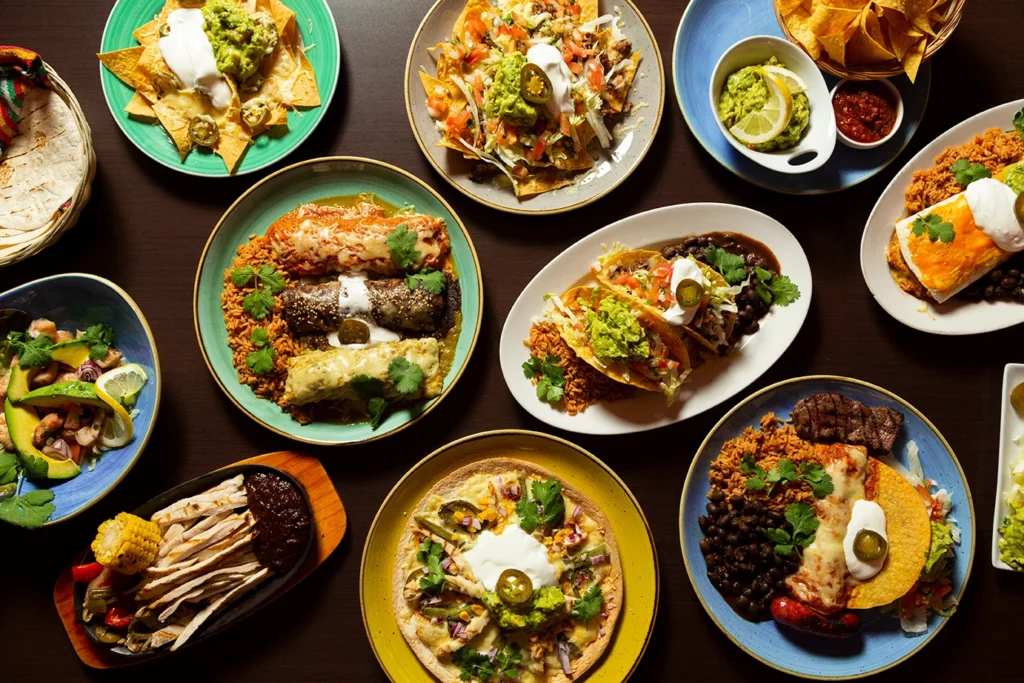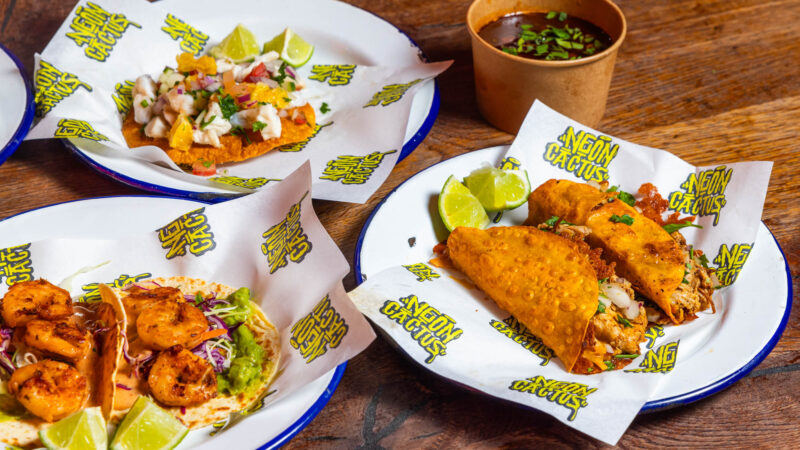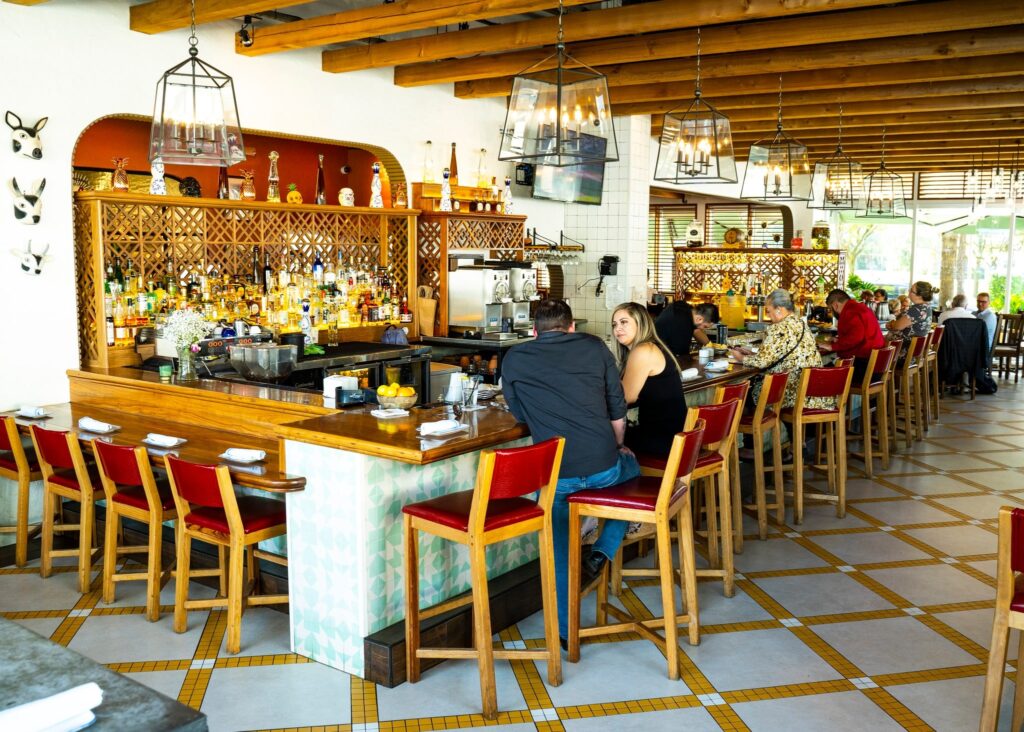Mexican Restaurants: A Celebration of Flavour, Culture, and Tradition
Mexican cuisine is a vivid celebration of colour, flavour, and heritage. From the lively streets of Mexico City to the trendy neighbourhoods of London and New York, Mexican restaurants have captured the hearts (and appetites) of food lovers worldwide. But what makes a Mexican restaurant truly authentic?
What should diners look for when choosing where to enjoy tacos, enchiladas, or a hearty mole? In this comprehensive guide, we will explore the rich culinary traditions behind Mexican food, what defines a great Mexican restaurant, popular dishes to try, and the evolving global popularity of this remarkable cuisine.
The Heritage Behind Mexican Cuisine
Mexican cuisine is deeply rooted in a rich history that dates back thousands of years. Influenced by ancient civilisations like the Aztecs and Mayans, and later infused with Spanish, African, and Asian elements, Mexican food represents a diverse and fascinating culinary tapestry.
Corn, beans, and chilli peppers form the “holy trinity” of Mexican cooking. From tamales wrapped in corn husks to freshly pressed tortillas, corn is a fundamental ingredient. Chilli peppers, whether fresh or dried, bring warmth and depth to countless dishes, while beans offer essential protein and texture.
The importance of regional diversity cannot be overstated. Oaxacan cuisine, for instance, is known for its complex moles and artisanal cheeses. Yucatán is celebrated for dishes like cochinita pibil (slow-roasted pork marinated in achiote). Meanwhile, northern Mexican cuisine often features beef, goat, and flour tortillas, reflecting the area’s ranching traditions.
What Makes a Great Mexican Restaurant?
When evaluating a Mexican restaurant, authenticity is a key consideration. However, authenticity can be a complex concept. Is a restaurant truly Mexican if it imports ingredients from Mexico? Or is it about the techniques and recipes handed down through generations?
Here are some aspects that define a standout Mexican restaurant:
1. Fresh, High-Quality Ingredients
A genuine Mexican restaurant prioritises fresh, seasonal produce. House-made salsas, freshly pressed corn tortillas, and guacamole made to order are telltale signs of commitment to quality. Many traditional restaurants will even import specific dried chillies or spices to maintain authenticity.
2. Regional Specialities
Mexican cuisine is not monolithic. A truly authentic restaurant often highlights regional specialities, offering dishes that go beyond the ubiquitous tacos and burritos. Menus featuring lesser-known items like huaraches, tlayudas, or chapulines (toasted grasshoppers) reflect deeper culinary traditions.
3. Traditional Cooking Techniques
Handmade tortillas, slow-simmered moles, and meats cooked in underground pits showcase the dedication to traditional methods. These techniques not only respect culinary heritage but also enhance the depth of flavour.
4. Ambience and Atmosphere
A warm, inviting atmosphere is central to the Mexican dining experience. Many Mexican restaurants celebrate their culture through vibrant décor, live music, and a lively communal feel that encourages guests to share and savour together.
5. Knowledgeable Staff
The service in a great Mexican restaurant goes beyond efficiency. Knowledgeable staff who can guide diners through the menu, explain the history behind dishes, and suggest pairings with Mexican beverages like mezcal or tequila, elevate the dining experience.
Iconic Dishes to Try
When visiting a Mexican restaurant, there are certain must-try dishes that truly capture the essence of this cuisine. Here are a few favourites:
Tacos
Arguably the most iconic Mexican dish, tacos are deceptively simple yet infinitely versatile. From al pastor (marinated pork with pineapple) to barbacoa (slow-cooked beef or lamb), each filling offers a unique glimpse into Mexico’s culinary diversity.
Enchiladas
Corn tortillas rolled around fillings like chicken, cheese, or beans, then topped with rich chilli sauce. They are often accompanied by rice and refried beans, offering a hearty and comforting meal.
Mole
A complex sauce that can contain over 30 ingredients, including various chillies, spices, nuts, seeds, and even chocolate. Mole is a labour of love and is often reserved for special occasions.
Tamales
Corn dough (masa) filled with meats, cheese, or vegetables, wrapped in corn husks or banana leaves and steamed. Tamales are traditional festive foods and showcase the versatility of masa.
Ceviche
Popular in coastal regions, ceviche features fresh fish or seafood marinated in lime juice with tomatoes, onions, coriander, and chilli. It’s a bright, refreshing dish perfect for summer.
Chiles en Nogada
A patriotic dish served around Mexican Independence Day, featuring poblano chillies stuffed with picadillo (a mixture of meat, fruits, and spices), topped with walnut sauce and pomegranate seeds.
Drinks to Accompany Your Meal
A Mexican meal is not complete without a suitable drink pairing. Tequila and mezcal, both distilled from agave, are traditional favourites. Margaritas, whether classic or flavoured, are a popular choice for many diners.
For non-alcoholic options, try aguas frescas — refreshing drinks made from fruits, seeds, or flowers, such as hibiscus (agua de jamaica) or horchata (a rice and cinnamon drink).
The Rise of Mexican Restaurants Worldwide
Over the past few decades, Mexican cuisine has grown from a local treasure to a global phenomenon. Chefs around the world have embraced its vibrant flavours and adaptability, resulting in a wave of contemporary Mexican restaurants that combine tradition with innovation.
In the UK, for instance, Mexican restaurants have become increasingly sophisticated. While early establishments focused on Tex-Mex adaptations, there is now a growing demand for more authentic, regional Mexican dishes. Diners are seeking handmade tortillas, heirloom corn, and artisanal mezcal — a testament to a deeper appreciation of true Mexican culinary artistry.
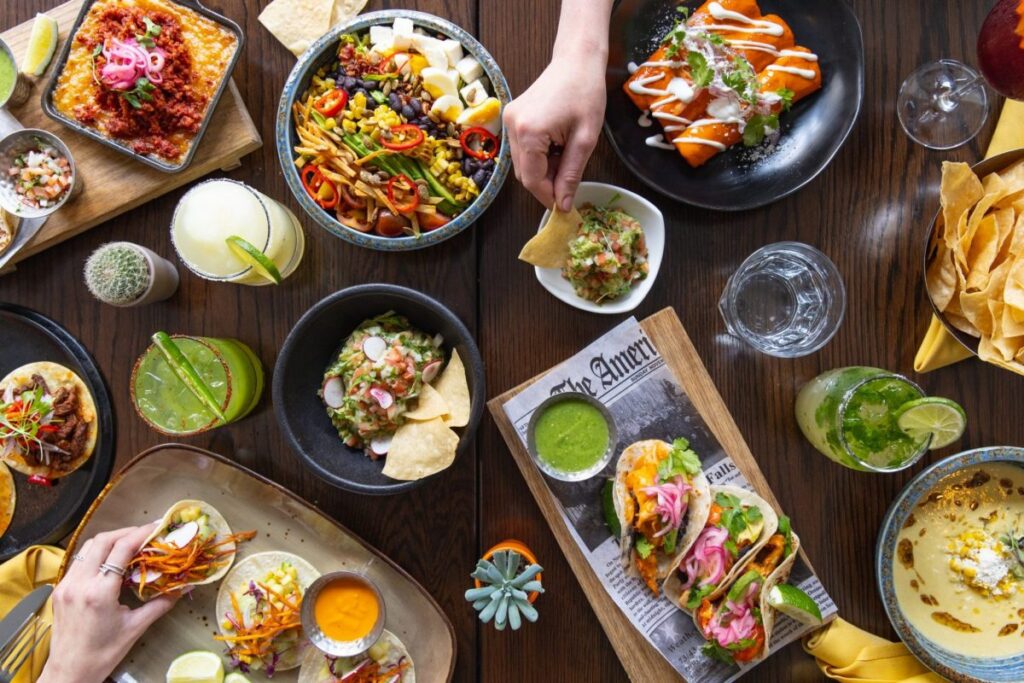
In the United States, Mexican restaurants have long been part of the cultural landscape. However, the recent trend has shifted towards regional and fine-dining interpretations. Chefs are highlighting traditional dishes in new ways, using local, sustainable ingredients and modern techniques without losing the soul of the cuisine.
Sustainability and Mexican Cuisine
An emerging trend among leading Mexican restaurants is a focus on sustainability. By supporting local farmers, sourcing organic ingredients, and minimising waste, these establishments honour both the environment and culinary heritage.
The use of heritage corn varieties, traditional farming techniques, and support for indigenous producers are crucial steps in preserving Mexico’s gastronomic legacy for future generations.
Tips for Finding the Best Mexican Restaurant
When searching for the perfect Mexican restaurant, consider the following tips:
- Check the menu for authenticity: Look for dishes beyond the standard fare — regional specialities and traditional preparations are a good sign.
- Ask about tortillas: Freshly made corn tortillas are an essential marker of quality.
- Look at the drinks list: A thoughtful selection of Mexican spirits and non-alcoholic beverages indicates a commitment to authenticity.
- Observe the atmosphere: A welcoming, vibrant setting often reflects the communal spirit of Mexican dining.
- Read reviews carefully: Look for mentions of specific dishes, staff knowledge, and overall dining experience.
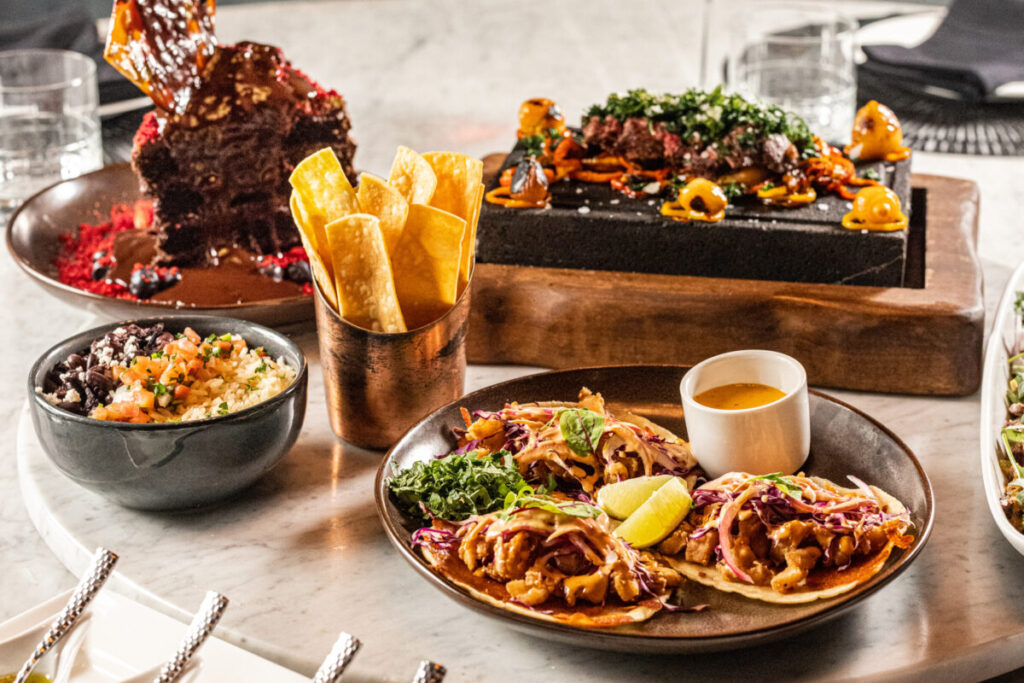
Conclusion: Celebrating Mexican Restaurants
Mexican restaurants are more than just places to eat — they are vibrant cultural ambassadors sharing stories of heritage, family, and community through food. Whether you are enjoying tacos on a bustling city street or savouring a complex mole in an upscale dining room, each dish tells a story of Mexico’s rich culinary tapestry.
As diners worldwide continue to explore and embrace authentic Mexican flavours, these restaurants play a vital role in preserving and innovating one of the world’s most beloved cuisines. Next time you step into a Mexican restaurant, take a moment to appreciate not just the flavours on your plate, but the centuries of tradition and passion behind them.


